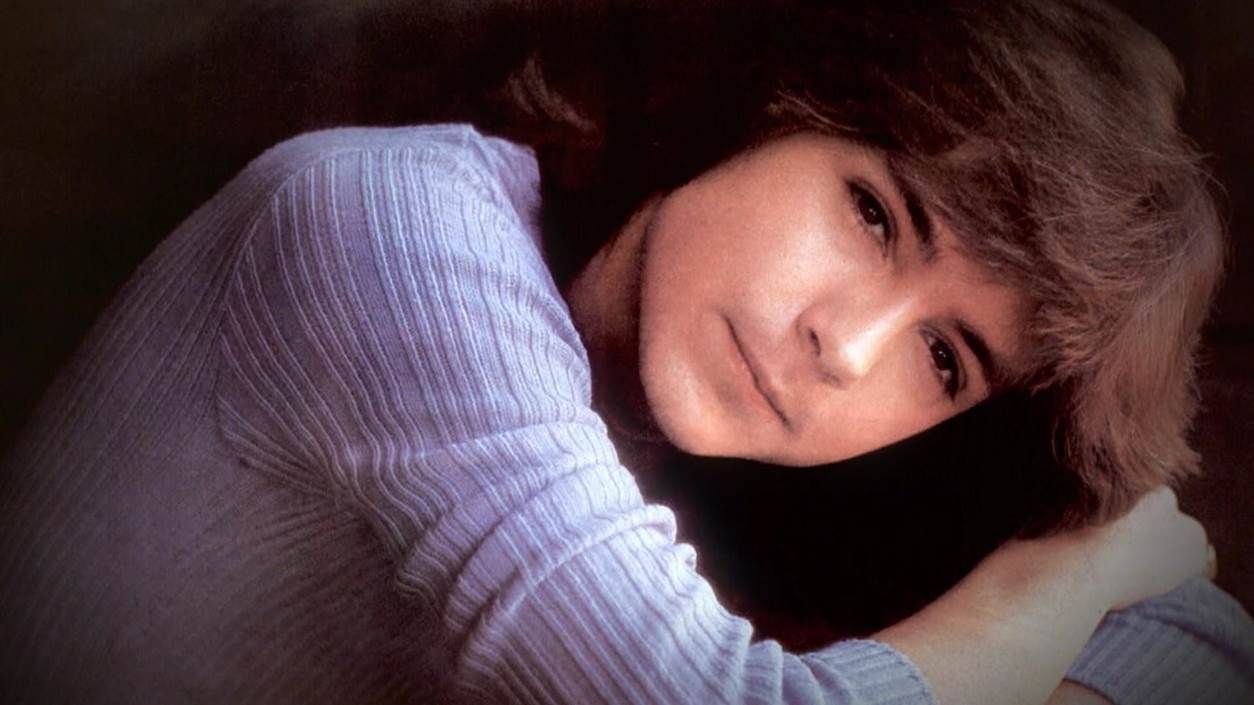
“Fever” — a midnight glow of desire and poise, where a onetime idol learns to whisper rather than shout
The version of “Fever” sung by David Cassidy lives on his U.K. chart-topping 1973 album Dreams Are Nuthin’ More Than Wishes (released October 1973), a record that reached No. 1 on the UK Albums Chart and made the Top 20 in Australia the following year. The song itself was not released as a single, so it has no chart listing of its own; instead, it occupies a choice spot on side one (A6) of a set whose success carried it into countless living rooms in the autumn of 1973.
Originally written by Eddie Cooley and John Davenport (the pen name of Otis Blackwell) and first recorded by Little Willie John in 1956, “Fever” had already become a pop standard—transformed into torchlight by Peggy Lee in 1958—by the time Cassidy approached it. Those roots matter: the composition’s economy (finger-snap pulse, sly melodic turns, lyrics that smolder more than they speak) invites an interpreter to trade fireworks for focus, attitude for atmosphere. Cassidy’s 1973 cut honors that lineage while shifting the spotlight: instead of Lee’s famous after-hours cool or Willie John’s R&B heat, he goes for intimacy—a studio hush that lets the syllables breathe.
Context is everything. Dreams Are Nuthin’ More Than Wishes—produced by Rick Jarrard—was David Cassidy’s third solo album, a carefully curated blend of originals and covers with hand-written sleeve notes explaining why he chose each song. Its repertoire places “Fever” alongside “Daydream” (John Sebastian), “The Puppy Song” (Nilsson), and his reflective ballad picks like “Mae.” This isn’t the teen-idol sprint of the early ’70s; it’s an artist leaning into taste, pacing, and tone. The album’s success (No. 1 UK, strong reception across the Commonwealth) shows that listeners were ready for that turn.
On Cassidy’s tongue, “Fever” becomes a study in restraint. He shapes the line as if it were candlelight—soft, steady, never forced—keeping the lyric just above a murmur so your ear has to lean in. That choice suits a voice that had matured from adolescent brightness into a warmer mid-range glow. Where earlier hits carried the buoyancy of youth, here he lets silence do part of the singing, lingering on consonants, releasing vowels slowly, trusting the melody’s natural simmer. You sense a singer who understands that the most persuasive declarations arrive half-heard—and that desire, when set to a slow groove, doesn’t need a raised voice to make itself known.
There’s also the historical shimmer of the song itself. Little Willie John’s original put “Fever” at No. 1 on the U.S. R&B Best Sellers and into the pop Top 30; Peggy Lee’s take became her signature, a Top-10 U.S. and Top-5 U.K. hit. By placing the standard on a No. 1 U.K. album in 1973, David Cassidy joins that line of interpreters who understand the song as a room rather than a recipe: you step in, dim the lights, and decorate sparsely so the architecture—rhythm and breath—can hold the moment.
Meaning, here, is carried less by narrative than by temperature. “Fever” is a catalog of symptoms—you give me fever—but the diagnosis is tenderness. Cassidy’s reading frames intimacy as composure: the confidence to sing low, to leave space, to concede that longing often lives between beats. That suits the album’s overarching mood, which favors grown-up nuance over flash. On Dreams Are Nuthin’ More Than Wishes, the singer who once filled arenas learns to fill a quiet with warmth—and “Fever” becomes the soft-lit centerpiece of that lesson.
For listeners who travel with memory close at hand, this track is an easy companion. It recalls first apartments and late radios, the way a favorite voice could turn a small room into a place of ceremony. Press play today and notice how Cassidy never hurries the line or gilds it with excess. He honors the song’s bones—the Cooley/Blackwell craft, the finger-snap heartbeat heard across decades—while giving it his own timbre of gentle insistence. “Fever” doesn’t try to eclipse its famous predecessors; it converses with them, adding one more shade to the color of the standard.
And that is why this recording endures within his catalog. It’s not a chart trophy; it’s a keepsake—proof that David Cassidy could do more than chase singles. He could slow the air, hold a mood, and remind us that grown-up pop is often a matter of poise. On a No. 1 album that invited listeners to meet him in a calmer light, “Fever” is the slow flame at the center, steady enough to outlast the night.